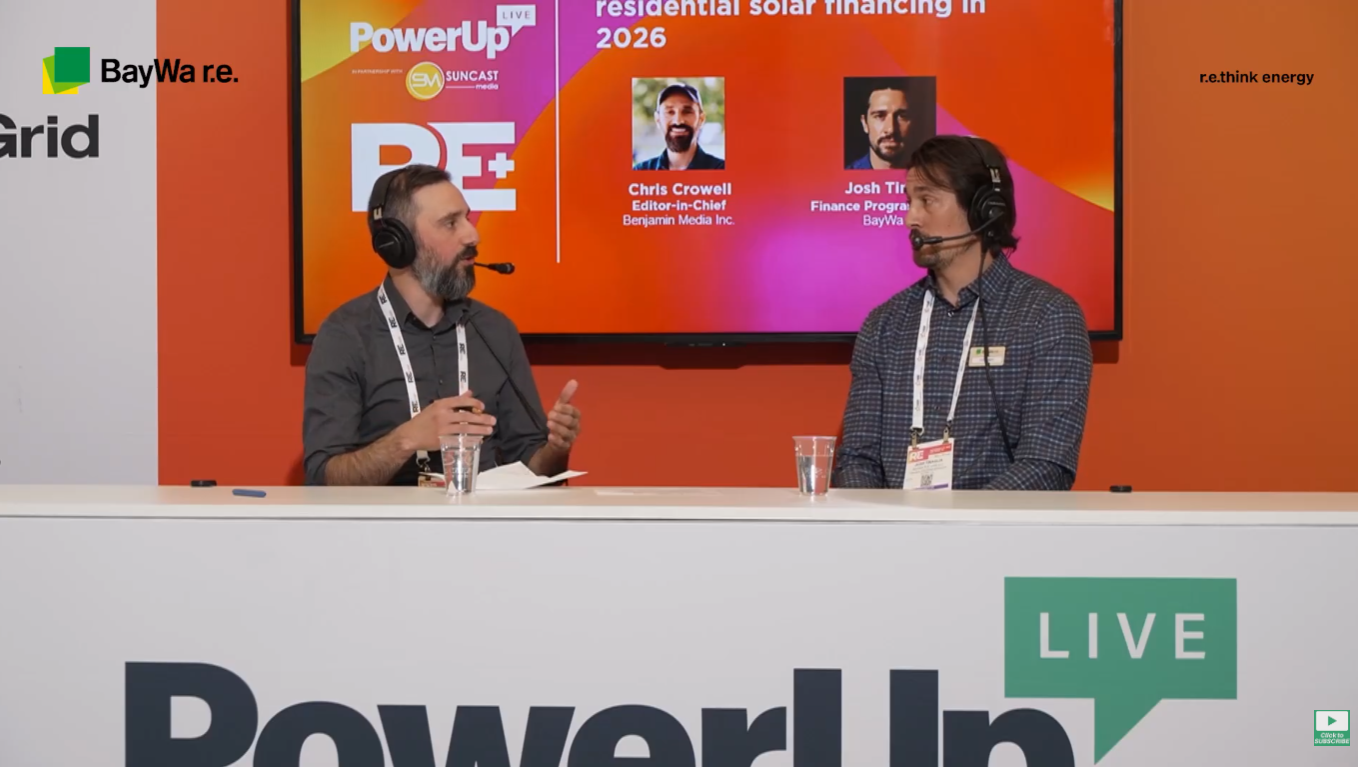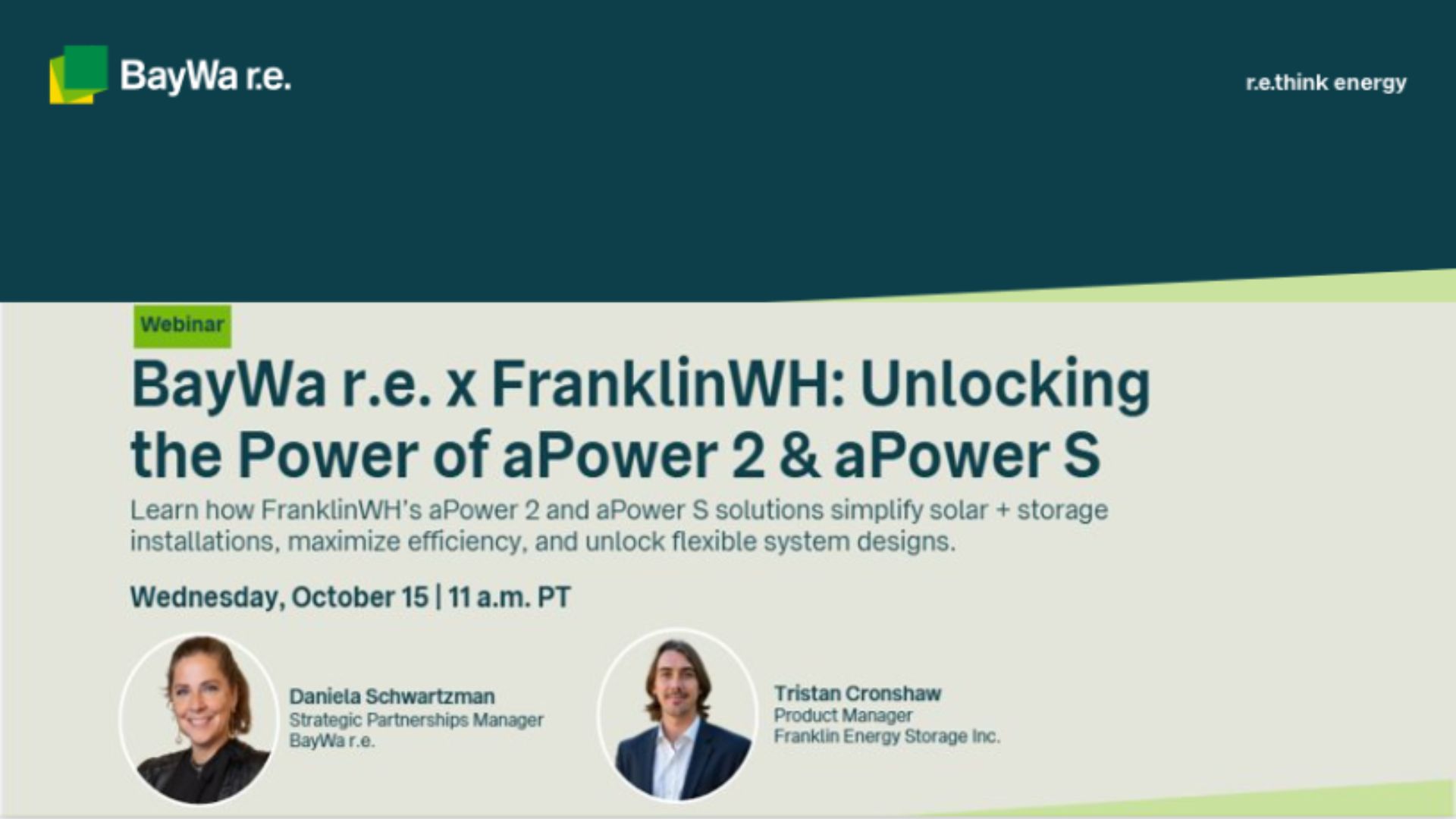
In 2020, all new homes built in California will be required to include a solar PV system. This mandate—which comes in updates to California’s Title 24—represents a huge opportunity for homebuilders and solar contractors alike. But it also comes with a little bit of leg work to make sure you’re up to speed.
This article will give you the broad-strokes on what you need to understand Title 24, how to be in compliance, and how to tailor your approach to the Title 24 changes to suit the needs of your specific business.
What is Title 24?
Since 1978, the California Energy Commission (CEC) has enforced T24 standards. The 2016-2019 code cycle required all new homes to be highly energy-efficient and be “solar ready”. These initial standards required builders to make a rooftop area available for solar and include a space for a circuit breaker to connect any future solar inverter. In the 2019 code, which takes effect in 2020, the State goes further.
To help achieve California’s ambitious climate goals, the state has just become the first in the nation to require all new homes to include solar panels starting in 2020. With the new Title 24 changes, builders are now required to include a minimum solar PV system to offset the expected electrical load of the home. The commission expects that residential electrical energy use will be satisfied with a modestly sized solar electric system.
How much solar do we need to install?
The size of the mandatory solar system is based on the conditioned floor area of the home, the number of dwelling units under the same roof, and the state–defined geographic climate zone. In all but the most extreme climate zones in CA, a 3 to 4 kilowatt (kW) PV system on a 2,400 square foot home will comply with the new law. In the deserts, (CZ 15 for example), the state has created an exception allowing a smaller system than what would be prescribed by the rules.
The formula for determining the minimum required solar energy system is straightforward to calculate and is designed to return a PV system size which produces 100% of the home’s annual electrical energy consumption.
The CEC based this formula on a few different criteria: the new home is efficient, includes a high-performance attic, quality insulation, quality windows, and a natural gas heating system.
Formula to determine minimum size of PV system:
Solar kW Required= (CFA x A)/1000 +(NDwell x B)
Variables:
CFA – Conditioned floor area
NDwell– Number of dwelling units
A – Adjustment factor from Table 7-1
B – Dwelling adjustment factor from Table 7-1
Example home:
2,200 sqft single-family dwelling in climate zone 12
Formula- (2200 x .613)/1000 +(1 x 1.40)
Use the above example home and the table below to formulate your answer. (Answer at the bottom of the article.
Table 7-1, CFA and Dwelling Adjustment Factors



Exceptions to the rules
To accommodate the home building industry, the CEC worked with the California Building Industry Association (CBIA) to make achieving compliance easier. The association, which is the largest of its kind in California, lobbied for cost reduction and flexibility. The CEC agreed to these requests by allowing a host of exceptions.
Builders can reduce the size of the solar system if the unshaded roof space is too small, or if the climate–zone–based calculation returns an artificially high PV system size. Or—and this is a big one—the builder opts to install a program-compliant energy storage system in conjunction with the solar system.
Since battery systems can save the homeowner money and can also support the grid by reducing net consumption during peak demand, the CEC is hoping that this exception will increase storage capacity across California and support other carbon-reducing technologies like VPPs.
Who is going to pay for all this?
The initial cash outlay will come from one of two primary sources. One strategy is for the builder to sub-contract the solar system to an electrician, roofer, or a C-46 solar contractor. The cost is added to the mortgage, which is paid monthly by the homeowner. In this case, the builder controls the process and adds a profit margin to the solar cost, just like with any other subsystem of the home.
An alternative to adding solar to the mortgage is to go with third-party ownership (TPO). While this will change over time, right now, more than 50% of CA solar installations (both new and retrofit) are being paid for using this model.
For a TPO system, the homeowner contracts directly with a company that provides the installation and financing. This allows the builder to add real value to the house without any upfront costs. One major benefit of this off-mortgage financing, is that the solar company provides maintenance and often guarantees a minimum production level for the life of the system. Two common drawbacks of TPO products are that the builder’s profits are typically lower, and the homeowner earns a lower ROI than with an owner-operated system.
What to do next?
For builders in California, compliance begins in 2020. It may seem arduous at first, but adding solar to a custom home or track development can be profitable for the builder, sub-contractors, and the homeowner. Here are three ways to approach being in compliance:
- Maximize profits by buying solar materials directly from a distributor like BayWa r.e. and subcontract the installation to existing trades.
- Subcontract directly with a solar installer for a turn-key installation financed through the mortgage.
- Partner with a TPO to provide the solar, forgo some of the builder profits, and ROI for the homeowner, but achieve compliance without adding to the home mortgage.
How can BayWa r.e. help?
BayWa r.e. has made substantial investments to support the homebuilding market in California and our goal is to provide California’s new home building industry with a seamless solar compliance solution. Reach out today to our Director of Homebuilder Services, Jonah Liebes.
About Jonah: As a C-46 contractor in Southern California, Jonah oversaw over 6,000 successful residential solar installations. After 15 years on the contracting side of the industry, Jonah is using his experience to help other contractors comply with California’s energy code and get solar installed on every new home built in the state.
For additional information on California’s Title 24 solar requirements, solar–ready homes, links to additional resources, and to be notified of future events and training opportunities, visit our website: solarhousebuilders.com
Answer: 2.75 kWpv required (~10 panels or 200sqft)

Director of Homebuilder Services
Jonah Liebes




